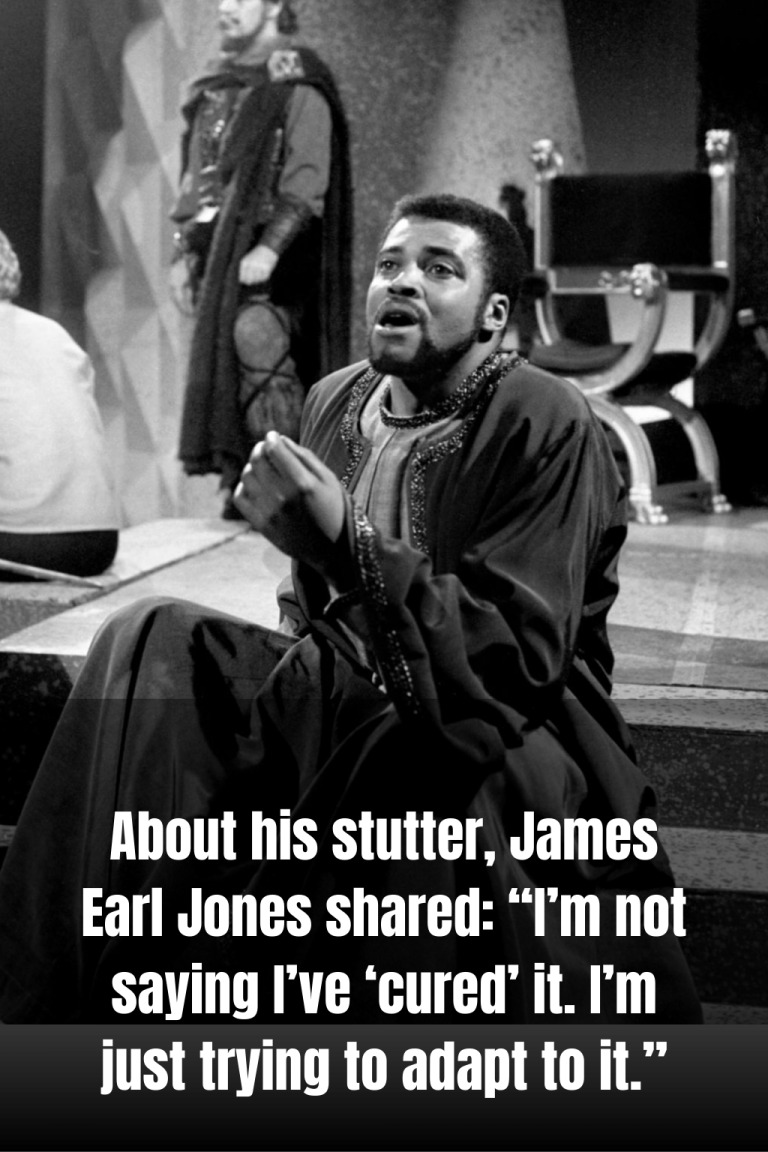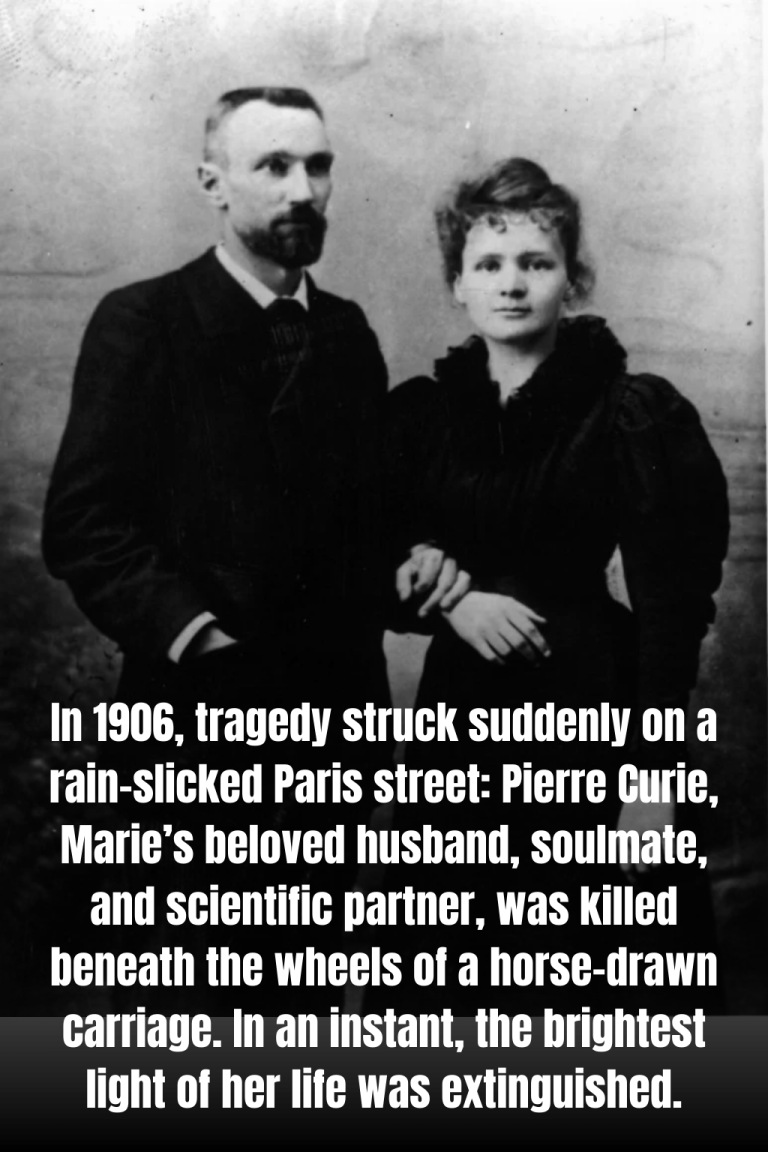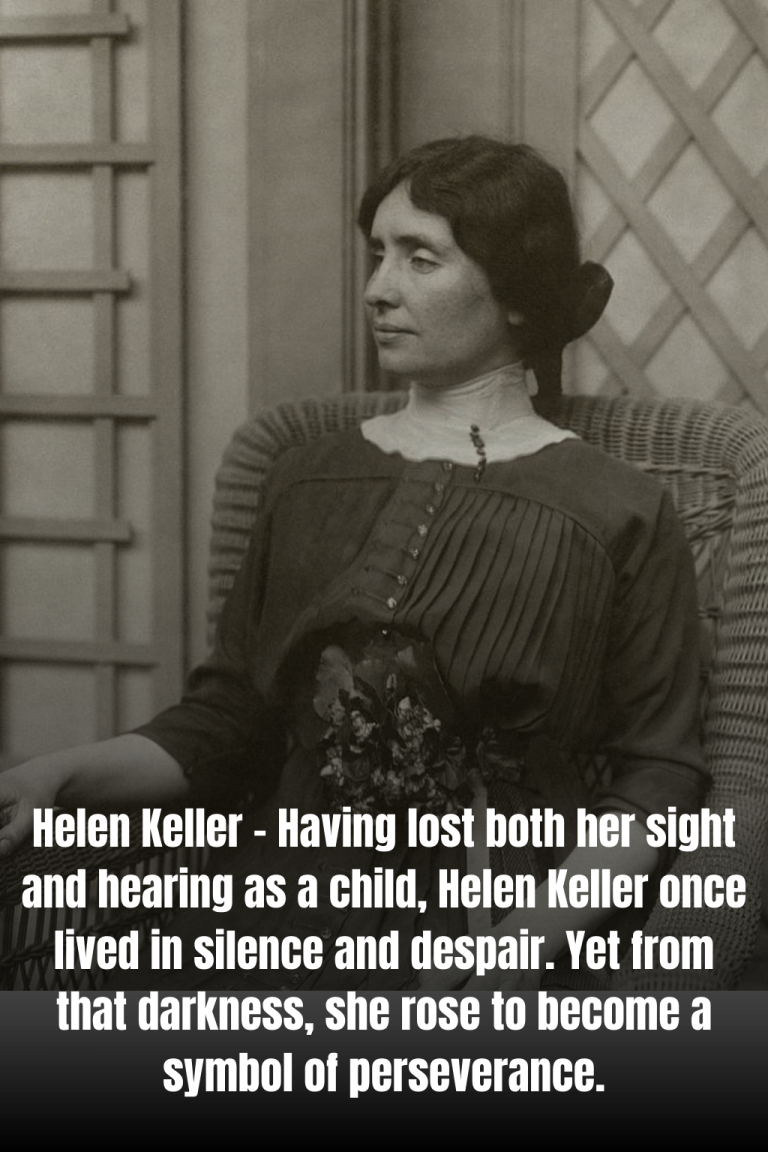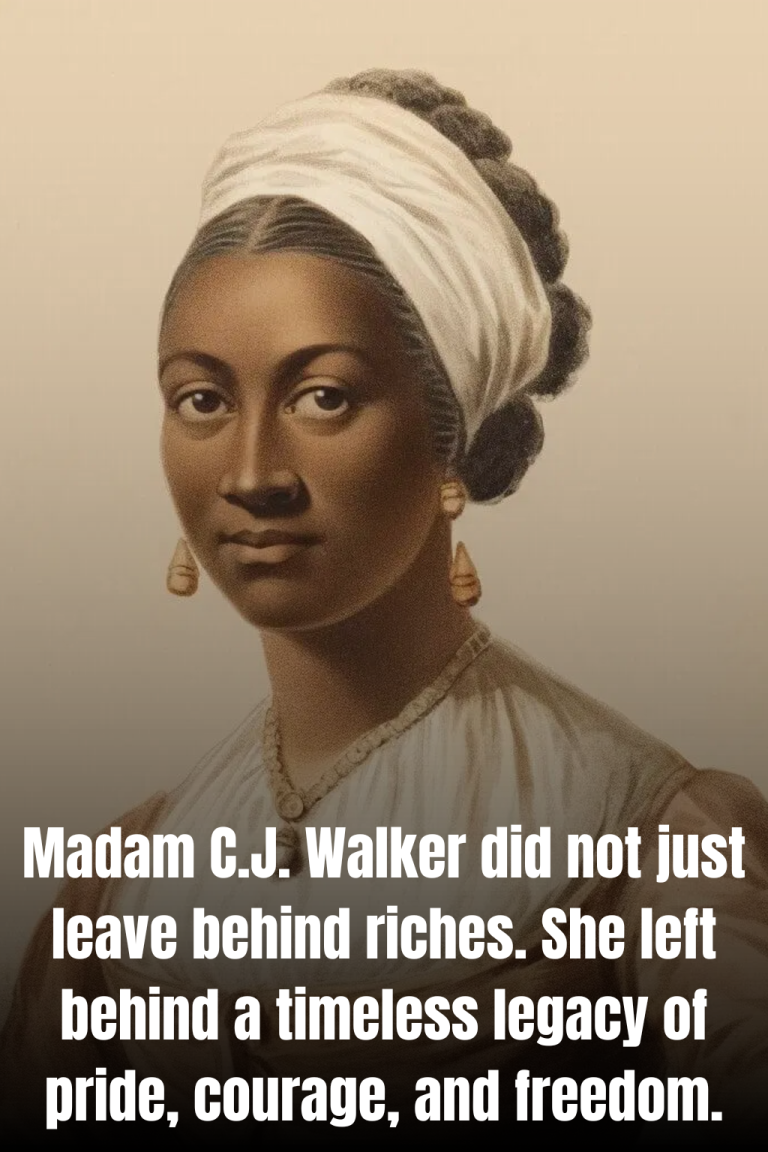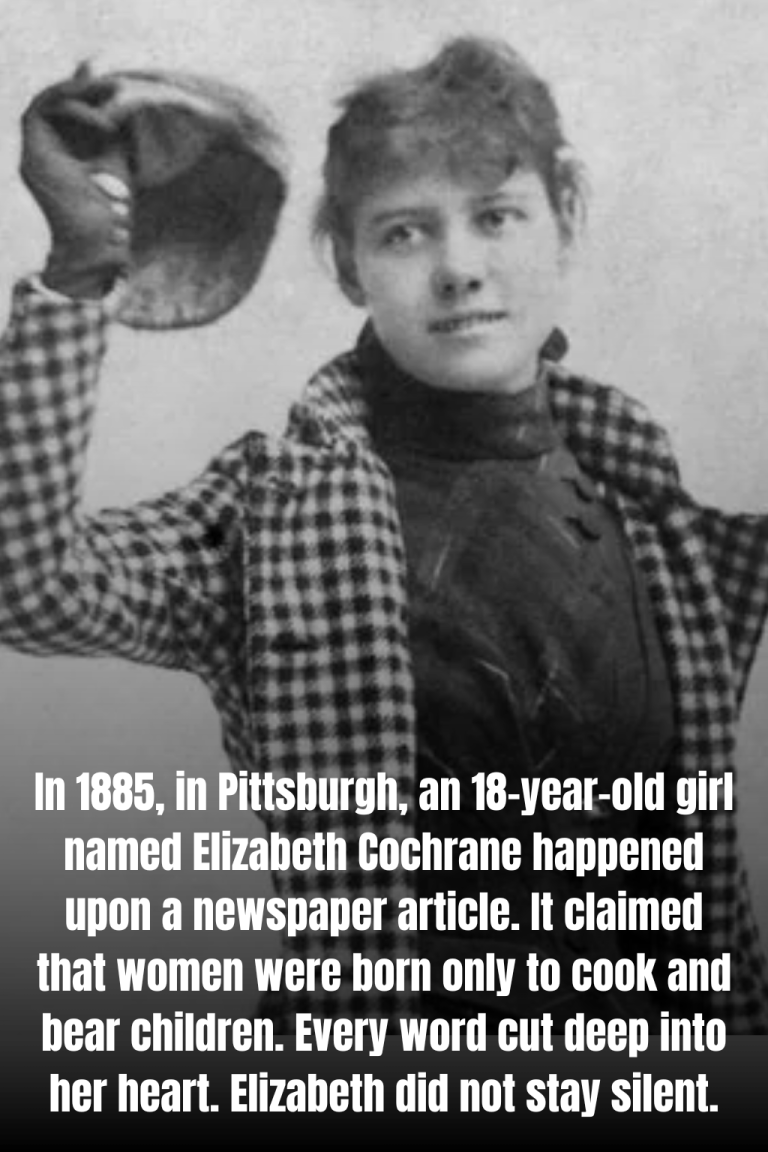Morehouse College – Assembly 1925: The Flame of a Generation
In 1925, inside a packed hall at Morehouse College, young Black men in sharp suits sat row by row, their eyes fixed on the wooden podium where a speaker was about to begin. The air was solemn, yet charged with expectation.
Founded in 1867—just two years after the abolition of slavery—Morehouse was never merely a college. It was a symbol of faith that education could liberate a people. In a world still filled with barriers and prejudice, Morehouse stood as a beacon, guiding young Black men who longed to learn, to dream, and to claim their future.

At the assembly of 1925, the speeches went beyond textbooks. They spoke of duty: the duty of the Black man to his community, to justice, and to history itself. Those words planted seeds of conviction—that these students could become leaders, thinkers, teachers, doctors, ministers—men who would help transform America.
No one in that hall knew that, decades later, a boy from Atlanta named Martin Luther King Jr. would walk through the doors of Morehouse, shaped by the very spirit of the “Morehouse Man” kindled in gatherings like this. From its lectures, from its fiery debates, one of the greatest voices of the 20th century would rise.

Morehouse did more than educate minds; it forged willpower. It turned young men, dismissed by society, into individuals who stood tall and spoke for freedom.
That assembly of 1925 is but one moment in Morehouse’s 150-year legacy. Yet in it, we glimpse the enduring creed: “Learn, to lead. Dream, to liberate. Live, to inspire generations to come.”

